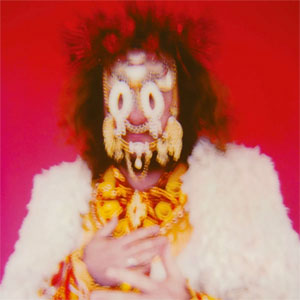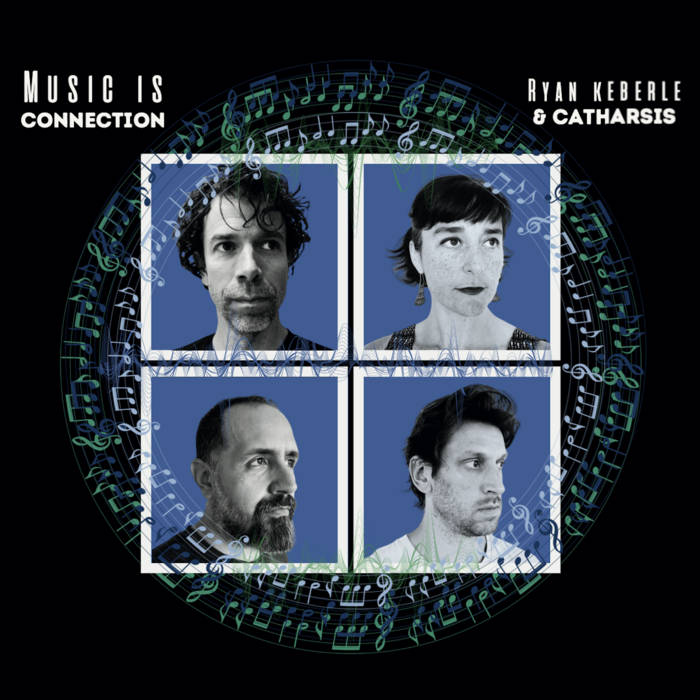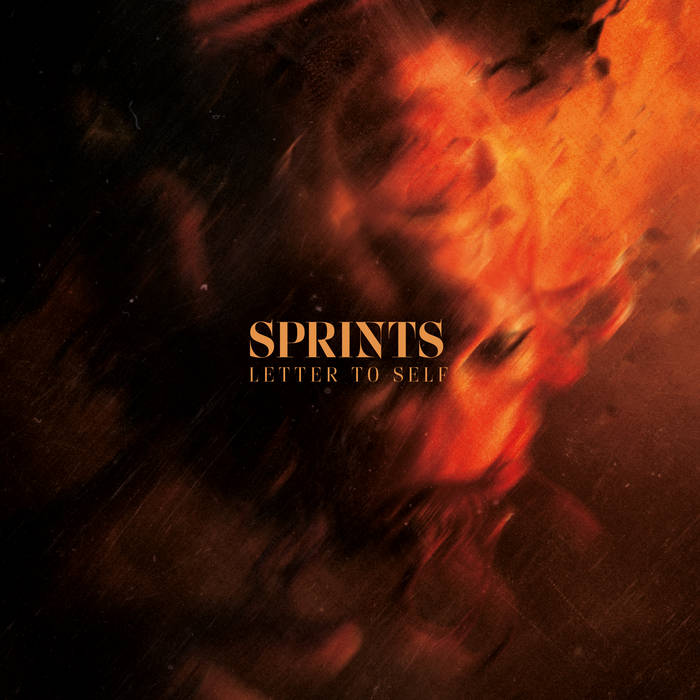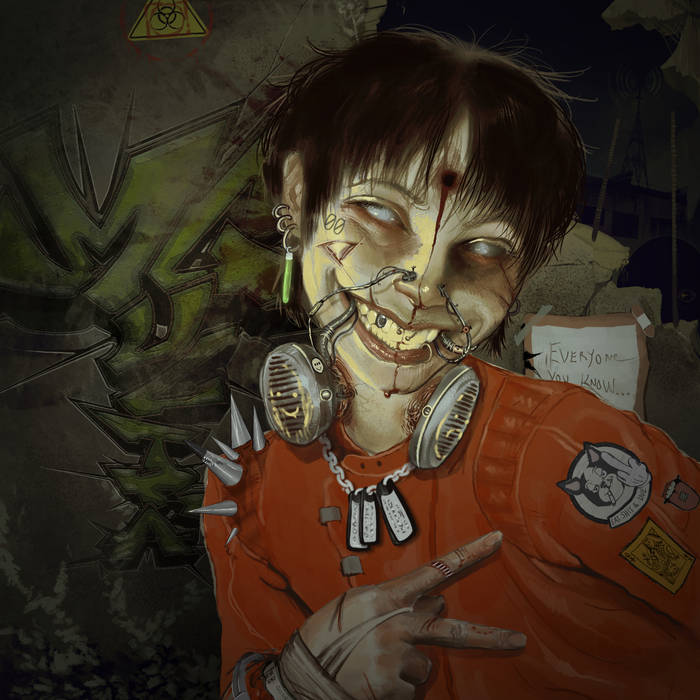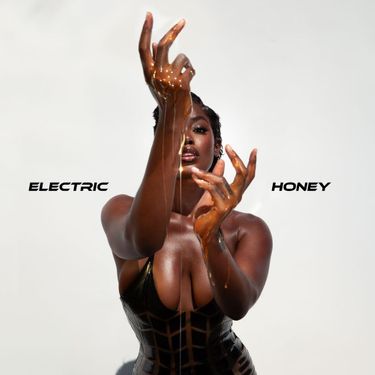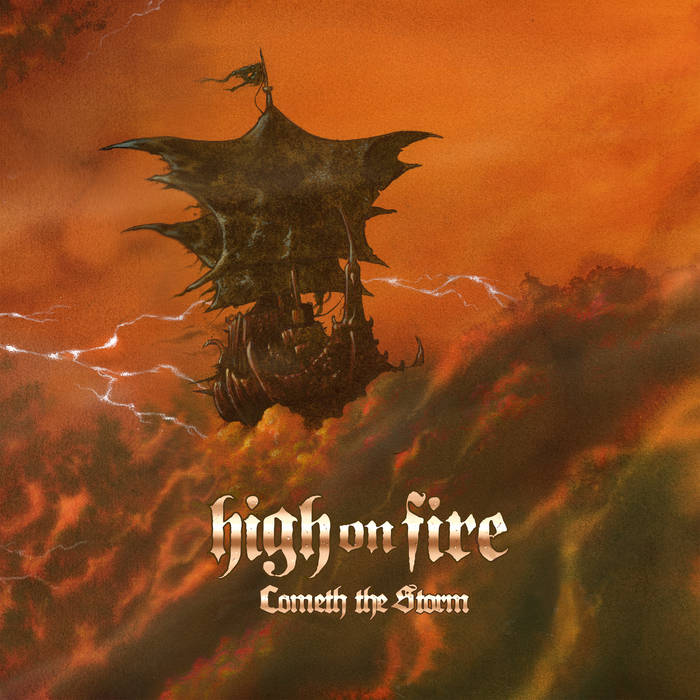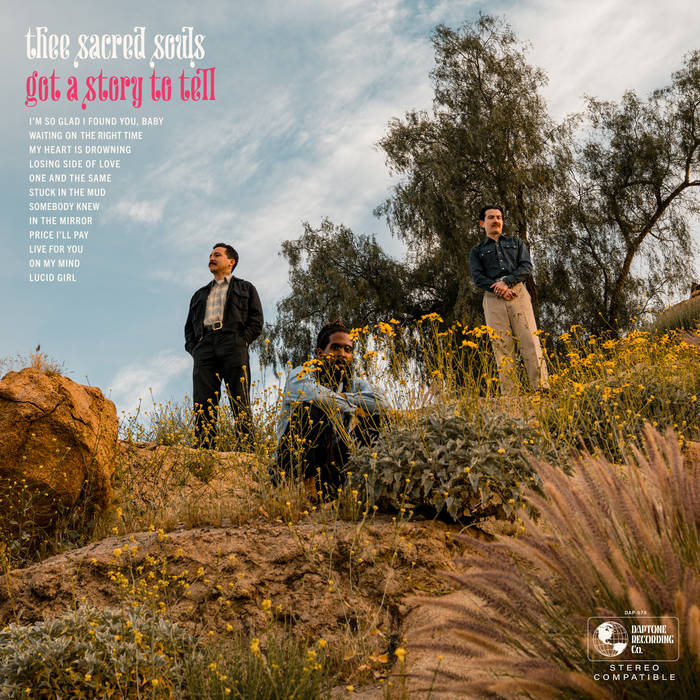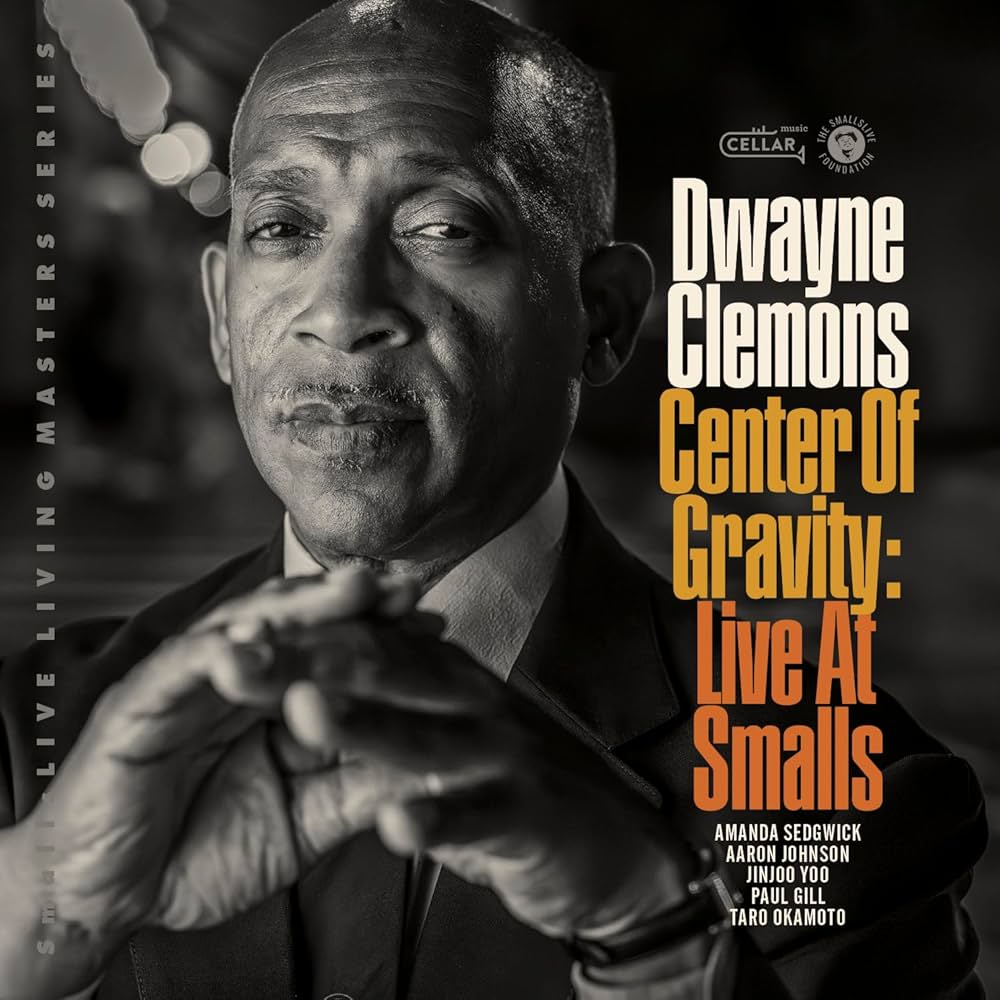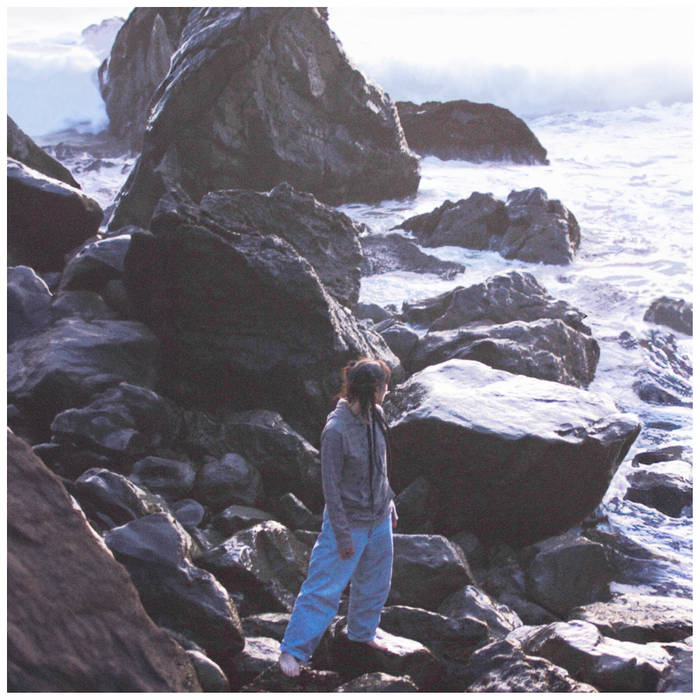“Hide In Plain Sight,” off of Jim James’ 2016 album “Eternally Even,” is a spiritual pondering.
For those who are unfamiliar, Jim James is one of the members of the rock band My Morning Jacket, and “Eternally Even” was his second solo release. The entire album is a work of art (I also really love “Same Old Lie,” which sounds wide-eyed like a revelation), so I recommend listening to it in full. My heart has however been taken captive by one track in particular.
Synths brazen and verses bearing profound truths in relatively uncomplicated language. The output is abstract, but the feeling is whole. It’s a floccose sound, like a semi-bitter mug of green tea; it is warm and leaves a certain crackle in the throat.
“Hide in Plain Sight” starts off as noise. We hear a bassline and it’s as definite as a heartbeat; the guitar kicks in and it’s blown out, wailing, alluring. And then Jim’s voice, smokey bourbon perfection, singing to us notes on absolutes (”Life’s eternal struggle / It’s just a dream / I hate to burst your bubble / Times change, entire lives reduced to rubble.”) and the contradiction of hoping like a human does (”But then what if the world became sweet again? / Hand in hand, everybody all the best of friends / Golden ends, could we handle it?”)
It’s a song for the end of the day, when change has become blasé; you’re tired, and you’re tired of being tired. Perhaps my favorite line in the whole song reflects that sentiment: “Life goes on with or without you.” It’s polysemous, which is what I love about it so much. It could be defeat, but it could also be sourcing solace in the surrender.
The best way to describe it might be as a soundtrack to an hour of recuperation, perfect for picking up the pieces.
love & disco,
dirty chai

